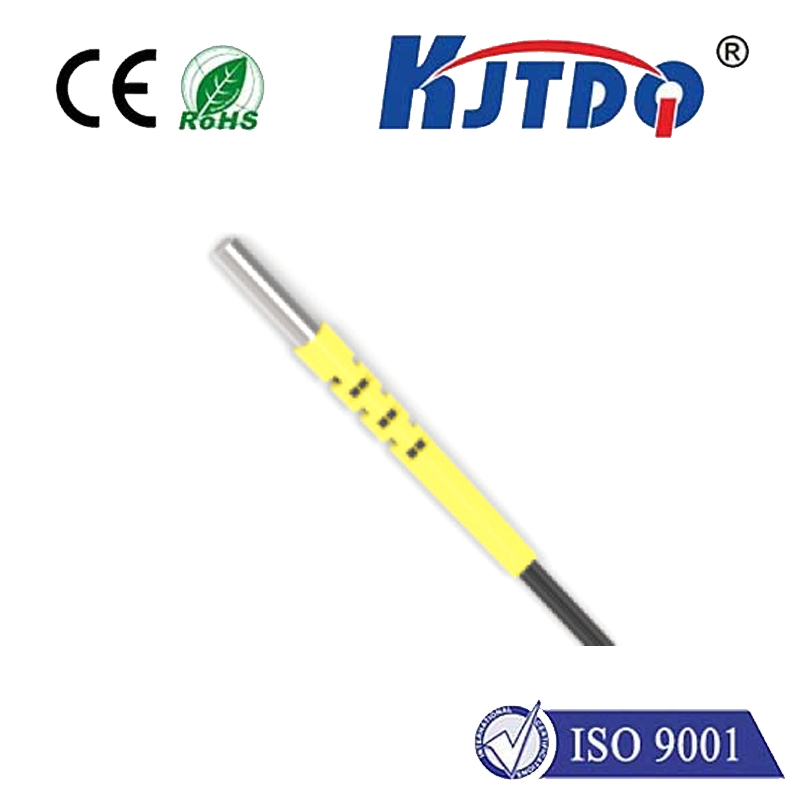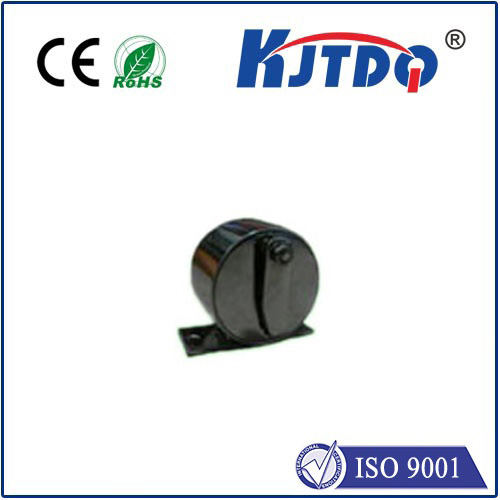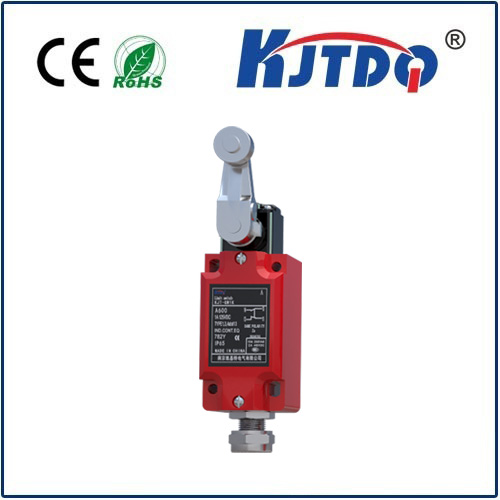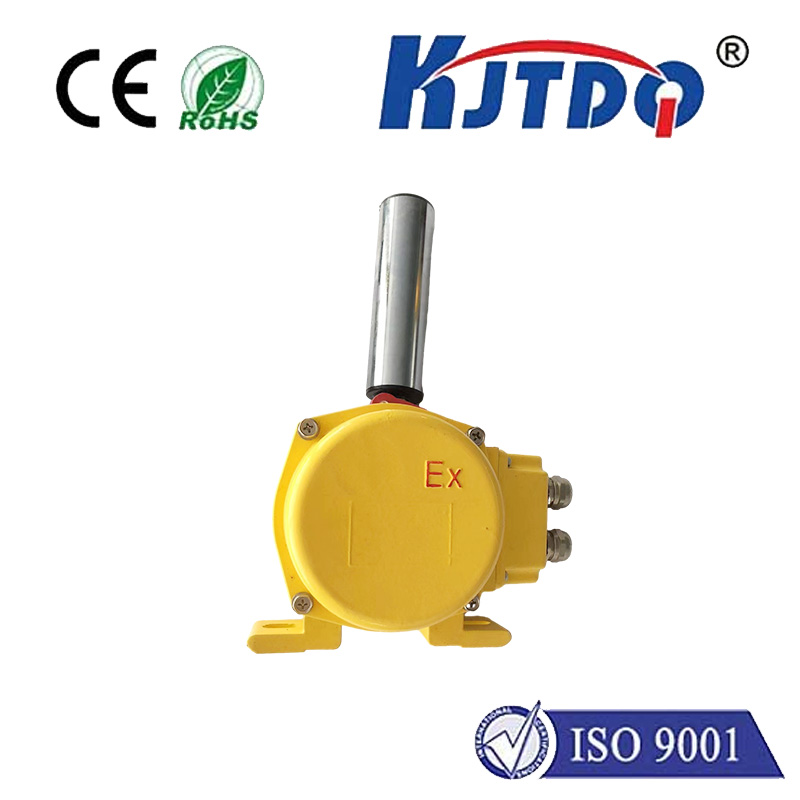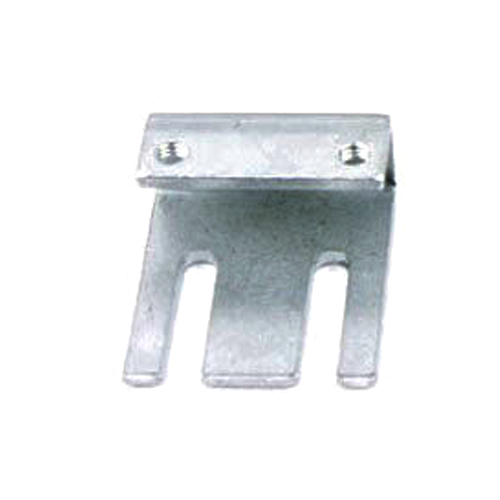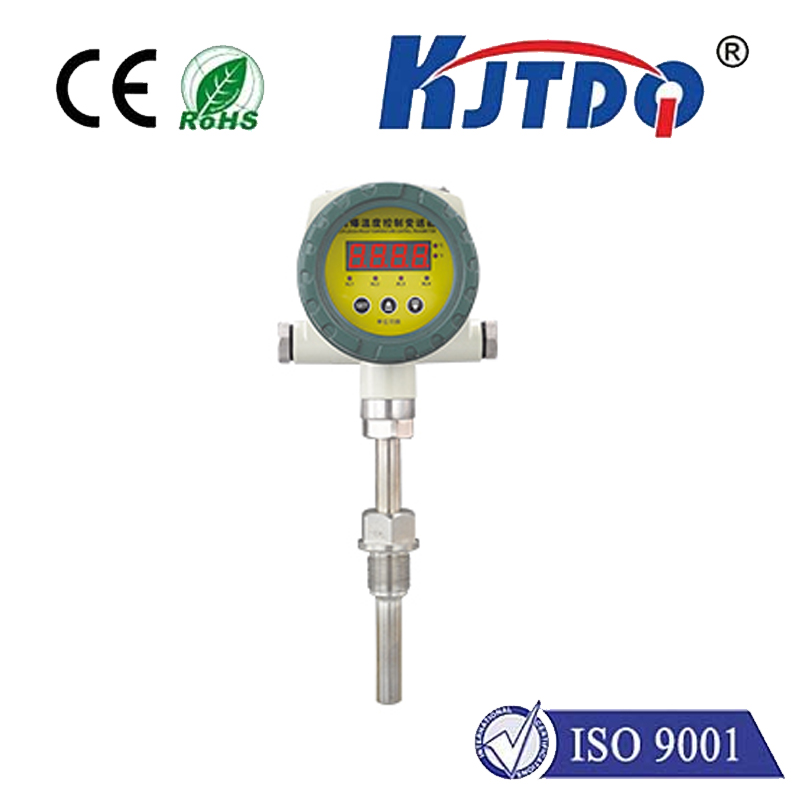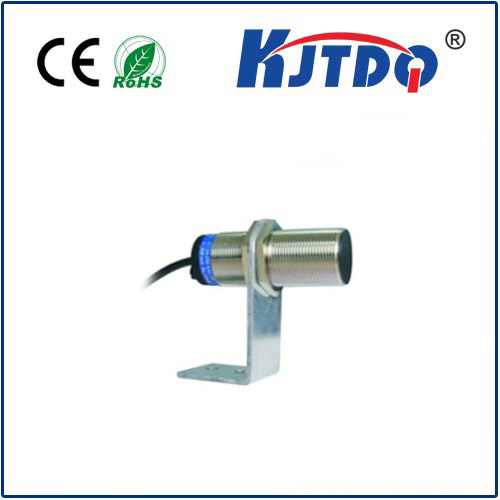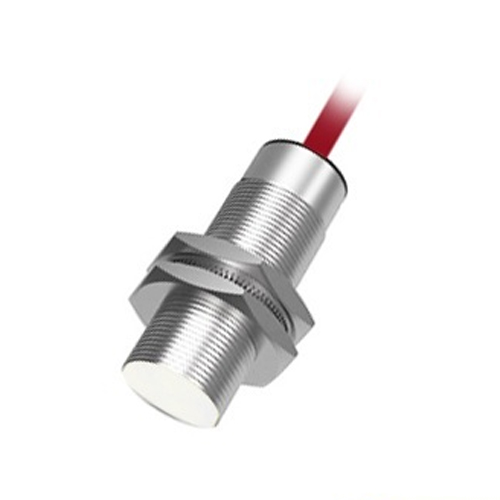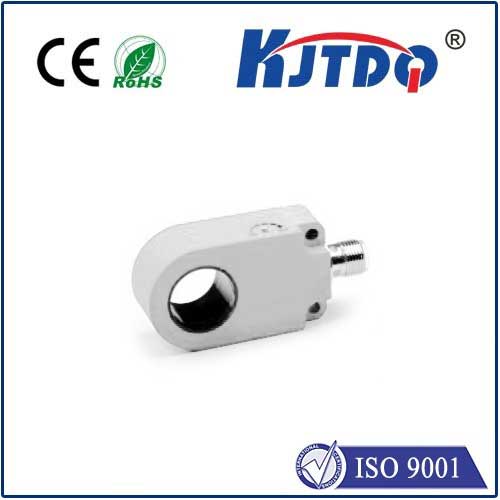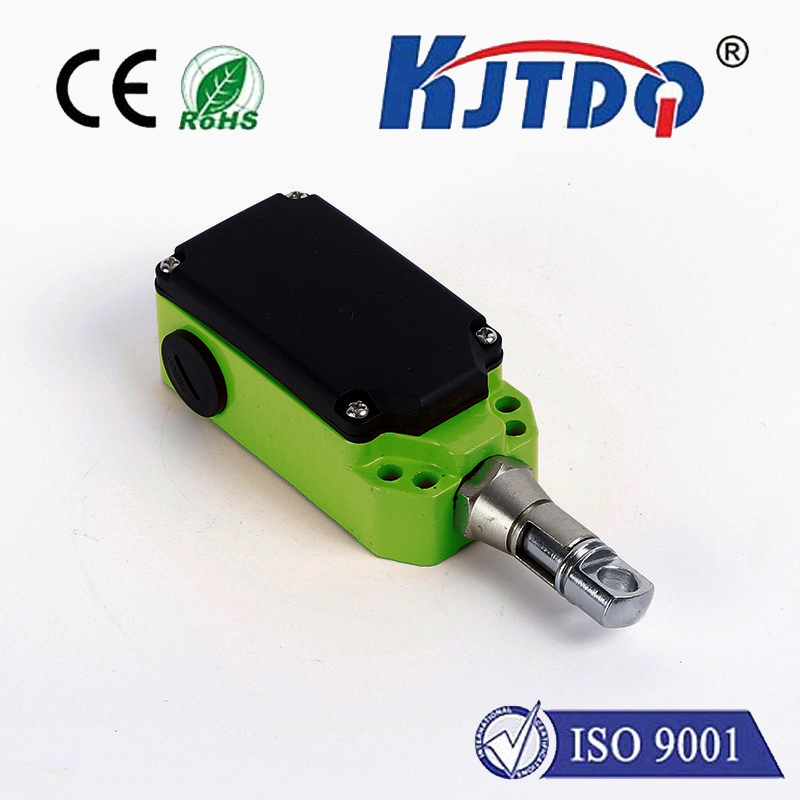vehicle proximity sensor
- time:2025-07-02 00:00:06
- Click:0
Your Vehicle’s Sixth Sense: How Proximity Sensors Prevent Collisions Daily
That heart-stopping moment when reversing – the near-miss with the unseen lamppost, the curb scuff you almost avoided, the bike lurking just out of your mirror’s view. Parking lots and tight city streets are minefields for drivers, demanding constant spatial vigilance. Thankfully, modern vehicles increasingly possess an invaluable ‘sixth sense’: the vehicle proximity sensor. These discreet, electronic sentinels act as an extension of the driver’s awareness, dramatically enhancing safety and reducing the stress of maneuvering in confined spaces. This article explores the essential technology behind proximity sensors, their evolution, types, and the undeniable benefits they deliver.
The Core Concept: Extending Human Perception
Fundamentally, vehicle proximity sensors act as a technological extension of our limited natural senses, particularly sight and sound. They continuously monitor the immediate environment around the car’s perimeter – front, sides, and rear. When the vehicle approaches an obstacle within a pre-defined distance threshold, the system alerts the driver through visual, audible, or haptic (vibration) cues. This early warning provides crucial extra seconds to react, preventing minor dings, costly scratches, or serious collisions with stationary objects, other vehicles, or pedestrians.
Types of Vehicle Proximity Sensors: How They “See”

Not all proximity sensors work the same way. The two primary technologies dominate the market:
- Ultrasonic Sensors: These are the most common, especially for low-speed parking assistance. Small transducers embedded in the bumpers emit high-frequency ultrasonic waves (typically around 40-48 kHz). These sound waves travel outward and bounce off nearby obstacles. The sensor calculates the distance based on the time it takes for the echo to return. Think of it like a bat’s echolocation. Their strength lies in close-range detection (typically up to 2-3 meters) and they are relatively inexpensive. However, they can struggle with very thin objects, absorbent surfaces, or environmental factors like heavy rain or snow buildup.
- Radar Sensors: Utilizing radio waves instead of sound, radar sensors offer a longer effective range and are less susceptible to weather interference. They excel at higher speeds and are integral to systems like Blind Spot Monitoring (BSM) and Adaptive Cruise Control (ACC). Radar sensors strategically placed in corners or integrated into bumpers can detect vehicles approaching from the side or rear, providing warnings crucial for lane changes on highways. They are generally more expensive than ultrasonic sensors but offer superior performance in diverse conditions and over longer distances.
Beyond Basic Parking: The Expanding Role
While their initial prominence was in parking sensors (often called PDC - Park Distance Control), the role of proximity sensing has exploded:
- Front/Rear Cross Traffic Alert (FCTA/RCTA): Uses radar or sometimes cameras with proximity sensing logic to warn drivers of approaching vehicles when reversing out of a tight parking spot or when turning out of a driveway with limited visibility.
- Automatic Emergency Braking (AEB): Crucially relies on proximity sensors (often radar combined with cameras) to detect imminent collisions. If the driver doesn’t react in time, the system can autonomously apply the brakes to prevent or mitigate the impact. This is a cornerstone of modern collision avoidance systems.
- Lane Change Assist: An extension of Blind Spot Monitoring, sometimes actively steering the car back into its lane if an unsafe lane change is initiated.
- Trailer Assistance: Specialized systems assist with aligning hitches or provide proximity warnings specific to the trailer’s dimensions.
Tangible Benefits: Why Proximity Sensors Are Essential
The advantages of vehicle proximity sensors are concrete and far-reaching:
- Enhanced Safety: This is paramount. By alerting drivers to hidden pedestrians (especially small children), cyclists, posts, or other vehicles, sensors significantly reduce the risk of low-speed collisions. Features like AEB work at higher speeds to prevent more serious accidents.
- Reduced Collision Costs: Preventing minor parking bumps, curb damage, or scrapes saves owners substantial repair bills and potential insurance premium hikes. The sensors often pay for themselves by avoiding a single incident.
- Easier Parking & Maneuvering: Parallel parking in a tight spot, navigating crowded urban streets, or squeezing into a garage becomes far less stressful. Audible tones becoming faster as you get closer provide intuitive spatial feedback.
- Protection for Surroundings: Sensors don’t just protect your car; they help prevent damage to other parked vehicles, property, and vulnerable road users.
- Building Block for Automation: Proximity data is fundamental for semi-autonomous and future autonomous driving systems, feeding vital environmental awareness to the vehicle’s central computer.
A Standard Feature, Not Just a Luxury
Once the preserve of high-end luxury vehicles, proximity sensors have rapidly transitioned towards becoming a standard feature across all market segments. Increasingly strict safety regulations globally, driven by bodies like Euro NCAP and the NHTSA, actively encourage or mandate the inclusion of technologies like AEB and BSM. Consumer demand for enhanced safety and convenience also fuels their widespread adoption. Whether you’re buying a compact hatchback or a full-size SUV, robust proximity sensing is now an expectation rather than an expensive extra.
Vehicle proximity sensors represent a transformative leap in automotive safety technology. By continuously monitoring the unseen and providing timely warnings, they empower drivers, prevent countless collisions, and make the complex task of navigating tight spaces significantly less daunting. As these systems evolve, integrating more seamlessly with cameras and other data sources, their role as the vehicle’s vigilant ‘sixth sense’ will only become more sophisticated and indispensable for journeys of all lengths.






